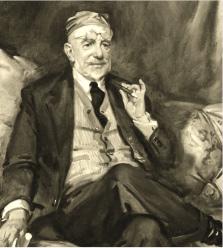
About Scripps
Founded at Miami University in 1922, Scripps Gerontology Center is a highly respected source of top-quality research and innovative, proven programs to meet the unique needs of our aging society. As an Ohio Center of Excellence with 27 staff and more than 19 affiliated faculty and research fellows, we conduct research that makes a positive difference for our aging population. We also offer unique opportunities for Miami University students in any program to connect their academic and personal interests to the field of aging.
2024 Scripps Impact Report
A reflection on a year at the forefront of shaping the future of aging and advancing the well-being of older people.
2023 Scripps Impact Report
We highlight new program expansion, high-quality publications, awards, and emerging leaders in the field of gerontology.
Our mission is to do work that makes a positive difference in the lives of aging individuals, their families and communities, and to meet the needs of aging societies.
We accomplish this mission through excellence in Research, Education and Service.
We have a history of visionary leadership
E.W. Scripps, who sought to “bring to the level of common understanding the whole range of human knowledge," founded the Scripps Foundation for Research in Population Problems at Miami University in 1922. For more than forty years, we remained in the forefront of the scientific study of population and fertility. In 1972, with an increasing expertise in aging related research, we became the Scripps Gerontology Center. We were among the first multi-disciplinary centers on aging funded by the U.S. Administration on Aging. In 2011, we were named an Ohio Center of Excellence by the Ohio Board of Regents in recognition of our work. With our centennial on the horizon, our accomplishments are the foundation for the boundless opportunities that lie ahead.
Director Warren S. Thompson 1922-1953
1922: The Scripps Foundation for Research in Population Problems at Miami University was founded by E.W. Scripps.
1934: The New York Times publishes an article by Scripps researchers Thompson and Whelpton on predicted population change and economic implications.
1948: Scripps Foundation again gains more national attention with the publication of the Indianapolis Study - the first psycho-social study of fertility in the U.S.
Director Pascal Whelpton 1953-1963
1961: Fred Cottrell serves on planning committee for the first White House Conference on aging setting the stage for the passage of several major pieces of legislation for older Americans.
Director Fred "Doc" Cottrell 1964-1974
1972 The Scripps Foundation for Research in Population problems becomes the Scripps Gerontology Center.
Director Robert C. Atchley 1974-1998
1976: Scripps is designated by the U.S. Administration on Aging as one of seven multidisciplinary center on aging in the country.
1989: Scripps is appointed to lead the Ohio Long-Term Care Project by the Ohio General Assembly. The project provides critical information about older Ohioans and their long-term care needs.
Director Suzanne R. Kunkel 1998-2022
2005: Miami University launches the PhD in Social Gerontology, becoming one of only a handful of institutions offering gerontology programs at the bachelor, master, and doctoral levels.
2011: The Ohio Board of Regents names Scripps and Ohio Center of Excellence recognizing our capacity to strengthen the economy with "broad-minded scholars and creative, dynamic thinkers."
Director Katherine Abbott, PhD 2022-Present
Is it Ageist?
Ageism is discrimination against people due to negative and inaccurate stereotypes based on their actual age or perceived age. Do not use the term ageism without definition. Discrimination based on age (young or old) is ageism. Because terms like seniors, elderly, aging dependents, and similar "other-ing" terms connote a stereotype, avoid using them. Terms such as older adults, older patients, or the older population are preferred. In the same way, using pejorative terms for younger people is also a part of age discrimination.
When referencing a person's age, be specific and avoid additional adjectives like "young" (e.g., Carol is 67 years young). If referencing a population, include specific identifiers: age range, average age, or median age, if possible.
On second reference, or when referring to groups generally, adults are persons aged 18 years and older and should be referred to as men or women. Persons 18 to 24 years of age may also be referred to as young adults. Persons 65-years-old and older may also be referred to as older people or older adults.
When writing about a group of people who meet a specific age criterion (e.g., such as eligibility for a program or a research study sample), use "persons [XX] years and older."
• John Smith, 63, discussed the benefits of exercise for older Americans.
• The research study included people aged 75 to 84.
• Miami researchers recruited adults aged 18 to 24 to participate in the upcoming trials.
To capture an age-based demographic, try using words like “older people” or “older adults.” Use titles that reflect life roles, like grandparent, community member, teacher, or volunteer, rather than age demographic.
Also, avoid pronatalist language that assumes all older persons are grandparents.
On second reference, or when referring to groups generally, adults are persons aged 18 years and older and should be referred to as men or women. Persons 18 to 24 years of age may also be referred to as young adults. Persons 65-years-old and older may also be referred to as older people or older adults.
When writing about a group of people who meet a specific age criterion (e.g., such as eligibility for a program or a research study sample), use "persons [XX] years and older."
• John Smith, 63, discussed the benefits of exercise for older Americans.
• The research study included people aged 75 to 84.
• Miami researchers recruited adults aged 18 to 24 to participate in the upcoming trials.
To capture an age-based demographic, try using words like “older people” or “older adults.” Use titles that reflect life roles, like grandparent, community member, teacher, or volunteer, rather than age demographic.
Also, avoid pronatalist language that assumes all older persons are grandparents.
Avoid
Seniors, elderly, aging dependents, our senior citizens, and similar "other-ing" terms that stoke stereotypes.
Preferred
Neutral (older people, Americans) and inclusive ("we" and "us") terms.
Avoid
Adjectives that are typically used for older people that can be marginalizing, albeit well-intentioned: spry, spitfire, fiery, cute, elfin. If it's not an adjective that you would apply to a younger group or person, it probably isn't appropriate.
Avoid
Struggle, battle, fight, and similar conflict-oriented words to describe aging experiences.
Preferred
The Building Momentum metaphor: "Aging is a dynamic process that leads to new abilities and knowledge we can share with our communities..."
Avoid
Making generic appeals to the need to "do something" about aging.
Preferred
Concrete examples, like intergenerational community centers, to illustrate inventive responses that address the needs of older people.
Avoid
Tidal wave, tsunami, and similarly catastrophic terms for the growing population of older people.
Preferred
Talking affirmatively about changing demographics: "As Americans live longer and healthier lives..."
Further clichés to avoid Leading a story with demographic shifts. Terms like a silver tsunami, gray wave, or rapidly increasing population suggest that we will be overwhelmed with older people.
Talking about aging as a civil rights issue. It suggests that when comparing ageism to racism or sexism, one might conclude that ageism is not so bad. Additionally, thinking of ageism just as a civil rights issue narrows its definition to situations that can only be addressed by litigation.
Being overly positive. Having examples of extraordinary older adults makes a point that aging does not necessarily mean overall simultaneous decline. Positive storytelling is important but balance is equally important.
Seniors, elderly, aging dependents, our senior citizens, and similar "other-ing" terms that stoke stereotypes.
Preferred
Neutral (older people, Americans) and inclusive ("we" and "us") terms.
Avoid
Adjectives that are typically used for older people that can be marginalizing, albeit well-intentioned: spry, spitfire, fiery, cute, elfin. If it's not an adjective that you would apply to a younger group or person, it probably isn't appropriate.
Avoid
Struggle, battle, fight, and similar conflict-oriented words to describe aging experiences.
Preferred
The Building Momentum metaphor: "Aging is a dynamic process that leads to new abilities and knowledge we can share with our communities..."
Avoid
Making generic appeals to the need to "do something" about aging.
Preferred
Concrete examples, like intergenerational community centers, to illustrate inventive responses that address the needs of older people.
Avoid
Tidal wave, tsunami, and similarly catastrophic terms for the growing population of older people.
Preferred
Talking affirmatively about changing demographics: "As Americans live longer and healthier lives..."
Further clichés to avoid Leading a story with demographic shifts. Terms like a silver tsunami, gray wave, or rapidly increasing population suggest that we will be overwhelmed with older people.
Talking about aging as a civil rights issue. It suggests that when comparing ageism to racism or sexism, one might conclude that ageism is not so bad. Additionally, thinking of ageism just as a civil rights issue narrows its definition to situations that can only be addressed by litigation.
Being overly positive. Having examples of extraordinary older adults makes a point that aging does not necessarily mean overall simultaneous decline. Positive storytelling is important but balance is equally important.
Ageism is everywhere. Ageism impacts everyone. Below are some examples of how ageism impacts everyone, regardless of age.
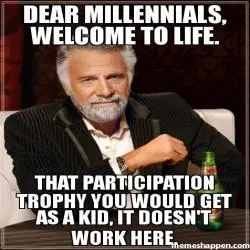

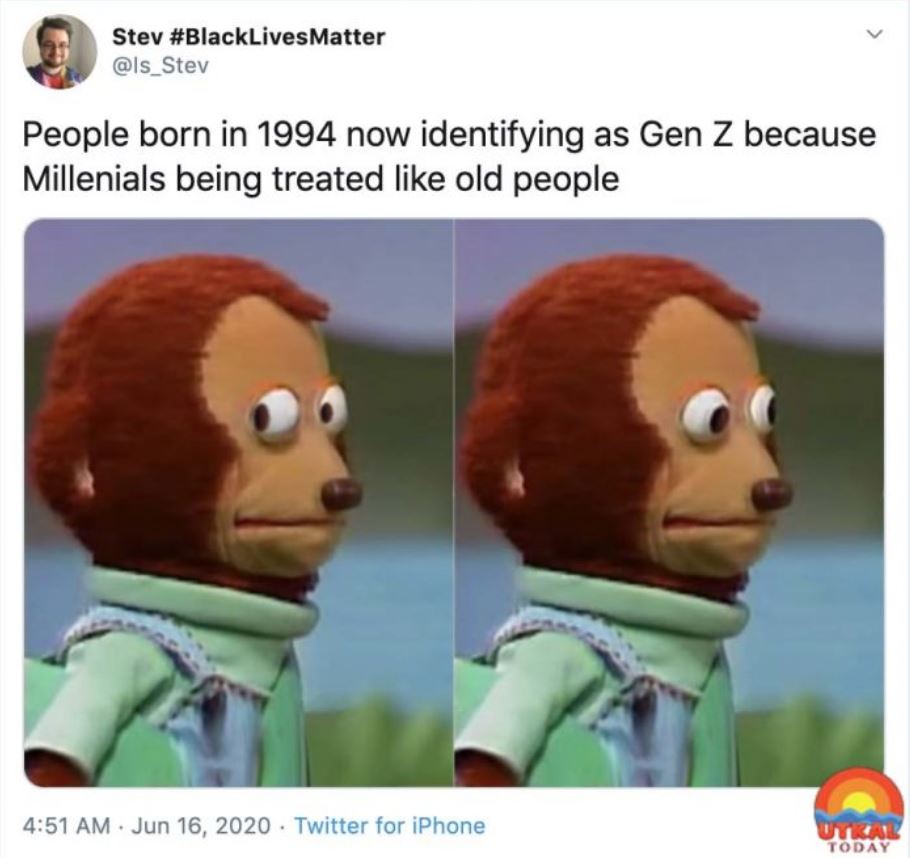
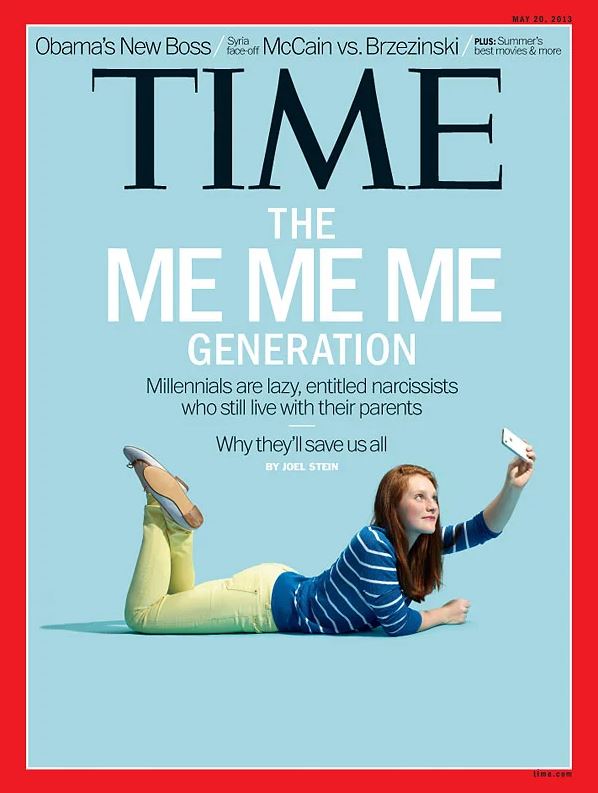
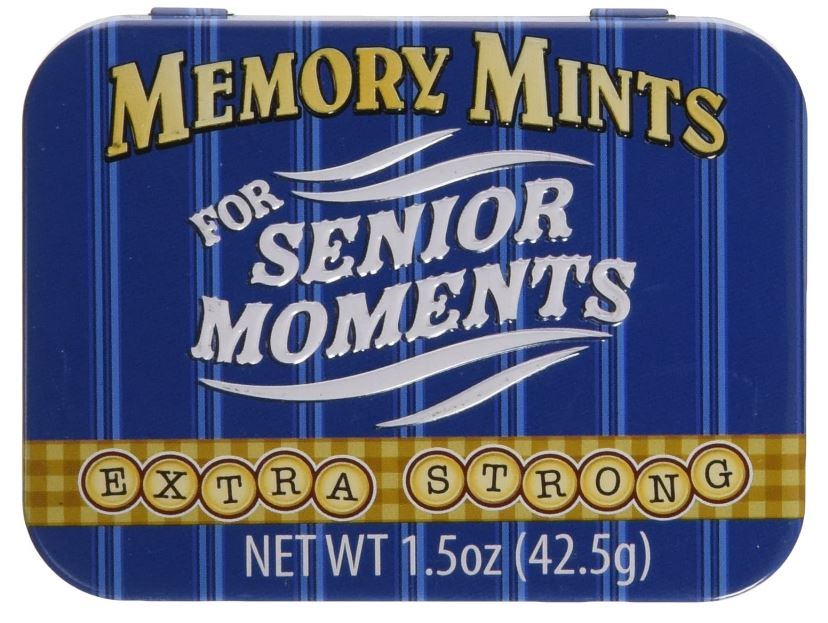





Scripps Gerontology Center
396 Upham Hall
100 Bishop Circle
Oxford, OH 45056